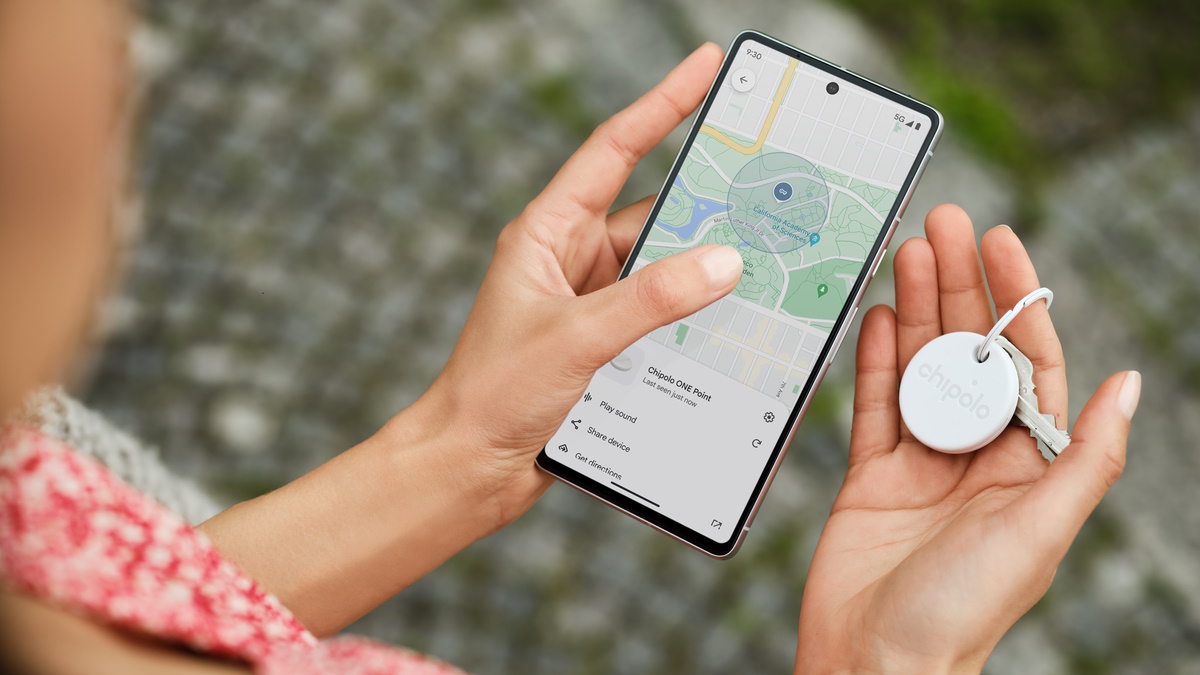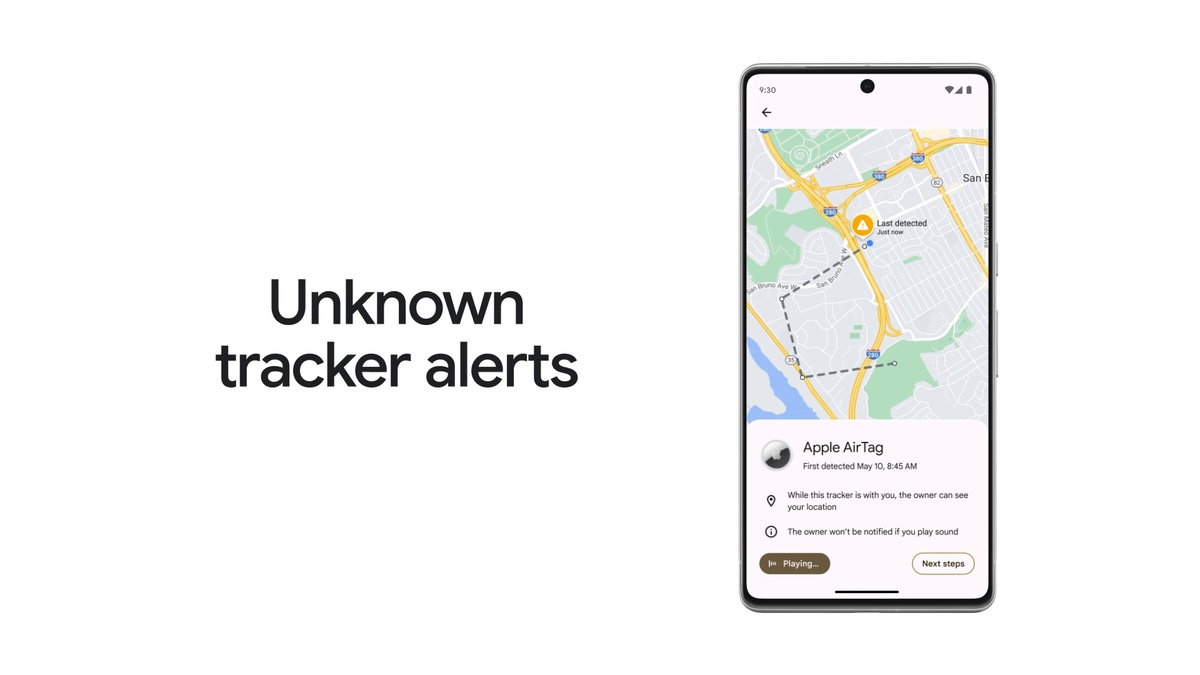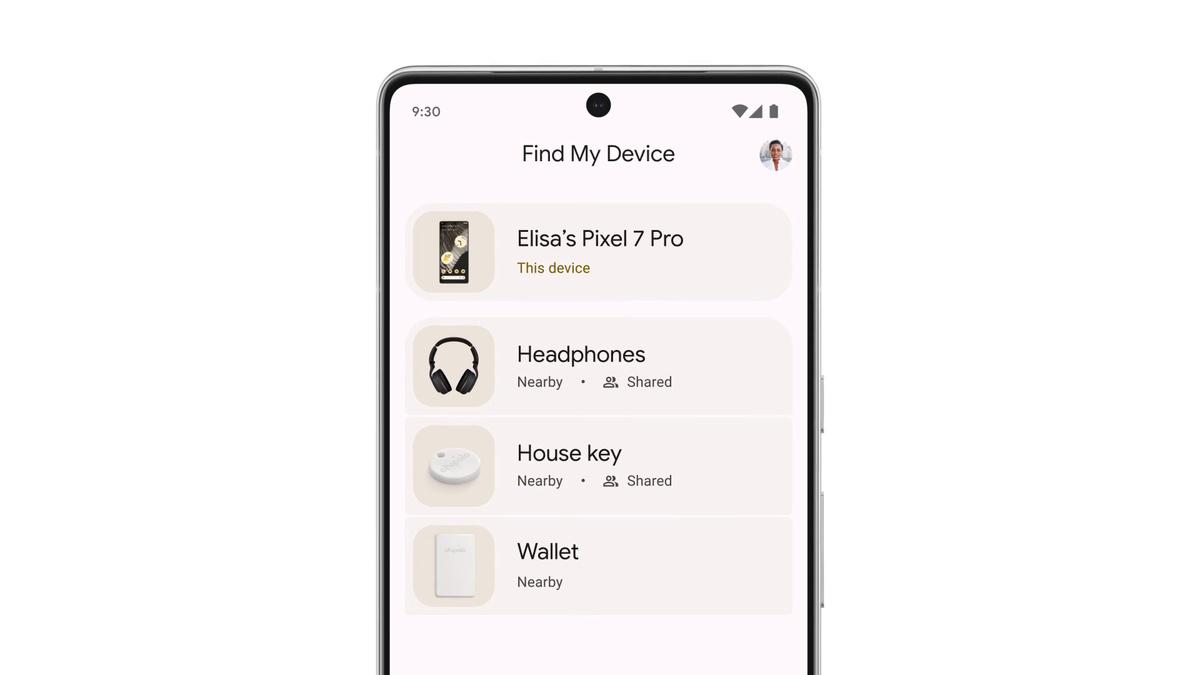Affiliate links on Android Authority may earn us a commission. Learn more.
Where are Android's AirTags? Blame Apple for the delay
Published onMarch 14, 2024

- Android is overdue a significant upgrade to the Find My Device network, which would bring Bluetooth proximity tracking and compatibility with third-party Bluetooth trackers.
- However, this rollout was and continues to be held up by Apple’s delay in adopting the specification for unwanted tracker alerts.
- A production implementation for the specification was published in December 2023, but Apple has still not incorporated the feature in iOS and iPhones.
At Google I/O 2023, Google announced a significant upgrade to Android’s Find My Device network. Android devices would soon be able to locate nearby Android devices via Bluetooth proximity, and the network would also be opened up to third-party Bluetooth trackers (aka Android’s AirTag equivalents). The result would be that Android’s Find My Device network would become as powerful as Apple’s Find My network, and inarguably even more due to Android’s global popularity.
But the announcement was made close to a year ago, and we’re clearly not there yet. If you’re wondering where to pin the blame for the delay, we have one clear answer: Apple.
Google shared an update in July 2023 that the Find My Device network launch was delayed until “Apple has implemented protections for iOS.” More specifically, Google was working in partnership with Apple to help finalize the joint unwanted tracker alert specification “by the end of this year.”
This primarily was in reference to the threat Apple users would face if any of the then-upcoming Android-compatible Bluetooth trackers were used for nefarious stalking purposes. iPhone users would have no way to identify these trackers that aren’t part of Apple’s Find My network (unless they spot the tracker physically), so it made sense that both Google and Apple acted responsibly.
However, the timeline has gone by, and Android’s Find My Device network upgrade is still nowhere to be found. What’s the hold up now? Unsurprisingly, the answer is still the same: Apple.

A report from AndroidPolice sheds more light on the situation. The specification that Google and Apple are working on is called “Detecting Unwanted Location Trackers,” which is undergoing a lengthy and extensive process to become an Internet standard. Apple’s implementation of unwanted tracker alerts would be based on this specification, but it wasn’t clear if Apple was waiting for the specification to become an Internet standard. Such a move would take many more months, and it wouldn’t be before July 2025 that at least a standards document would be submitted, and Apple could move forward.
The report notes that Google has clarified that what Apple was actually waiting for was “a production implementation of the specification for unwanted tracking alerts” instead of an actual finalized version of the specification. This production implementation was published in December 2023, and the “integration version” of the standard is available. Apple has had what it needs to implement unwanted tracker alerts on iOS for a few months, but it hasn’t yet done so.
When Apple will implement unwanted tracker alerts is unknown. We’ve contacted the company for more information and will update this article when we hear back.
If we are allowed to take a guess, there is a good chance that this spec gets implemented in iOS 18, which is first expected to be announced at WWDC 2024 (presumptively in June 2024) and then rolled out in the stable branch when the iPhone 16 gets announced, presumptively in September 2024.

Apple’s delay is holding up the rollout of Android’s Find My Device feature. If Google did go ahead and upgrade the network before Apple implemented unwanted tracker alerts, then Apple users would be the ones at grave privacy and security risks. Unfortunately, Google’s responsible delay is hurting Android users as they have to spend more time without such a crucial feature. So, the next time you lose your Android phone, you can blame Apple for being unable to find it.